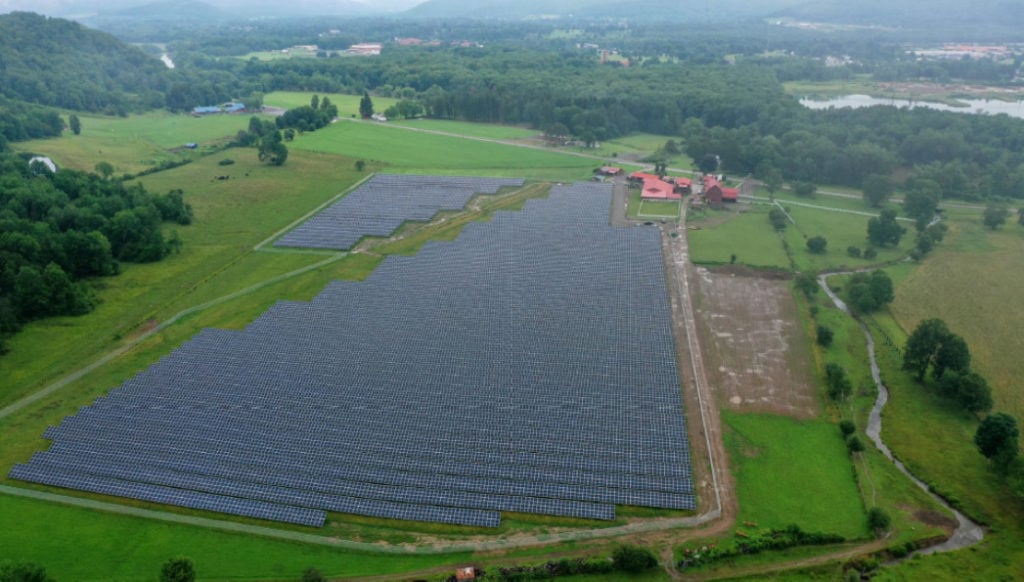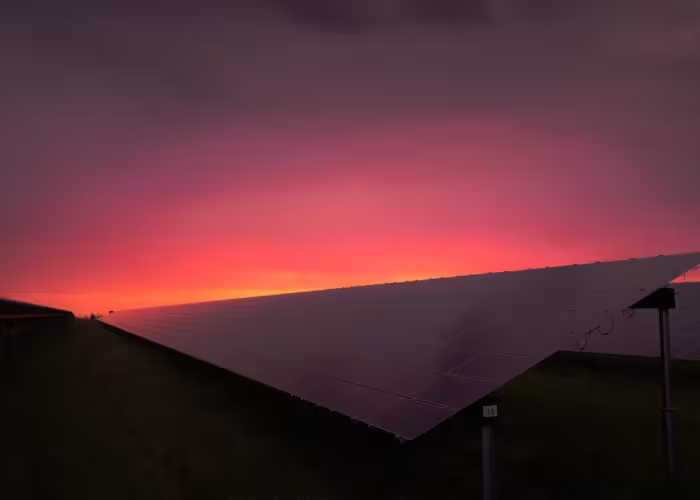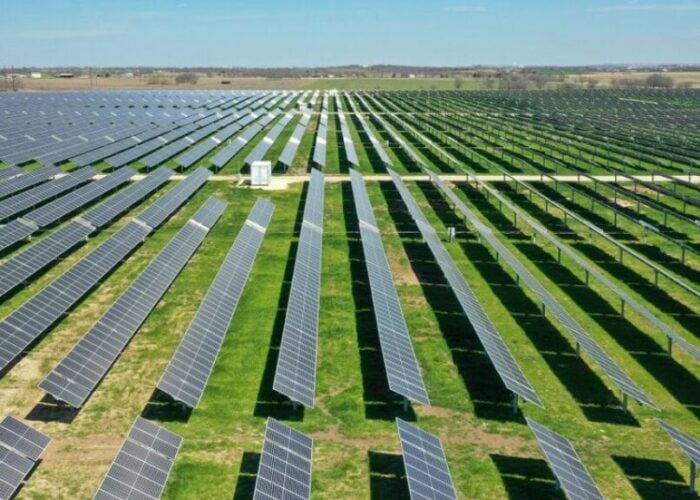
US community solar company Nautilus Solar Energy has entered a US$275 million tax equity partnership with clean energy-focused capital deployment platform Greenprint Capital.
The investment forms part of a broader US$2.5 billion tax equity joint venture between Greenprint Capital and global alternative investment firm AB CarVal. Dubbing it as the “largest tax equity financial commitment in the company’s history,” the investment will support the development of 130MW of community solar across the US states of Illinois, Maryland, New York, Rhode Island and Delaware.
Try Premium for just $1
- Full premium access for the first month at only $1
- Converts to an annual rate after 30 days unless cancelled
- Cancel anytime during the trial period
Premium Benefits
- Expert industry analysis and interviews
- Digital access to PV Tech Power journal
- Exclusive event discounts
Or get the full Premium subscription right away
Or continue reading this article for free
Currently under construction, the projects are expected to create 190 jobs across the five states. The projects are being constructed and financed by Nautilus US Power Holdco – an affiliate company of Nautilus – which will also oversee long-term performance and manage customer subscriptions via its proprietary community solar platform.
Founded in 2006, Chicago, Illinois-based Nautilus currently operates and manages 146 community solar farms across 12 states. Last year, the company signed a US$72 million tax equity deal with institutional investment management firm Foss & Company for a 62MW solar portfolio. The portfolio included 16 projects across the US states of Maine, Minnesota, New York, and Maryland, aiming to provide alternative energy to the Northeast and Midwest regions of the US.
Additionally, Nautilus acquired a portfolio of 16 community solar projects with a combined capacity of 75.6MW in January 2024. Located in Illinois, the projects were expected to be operational between 2025 and 2027.






